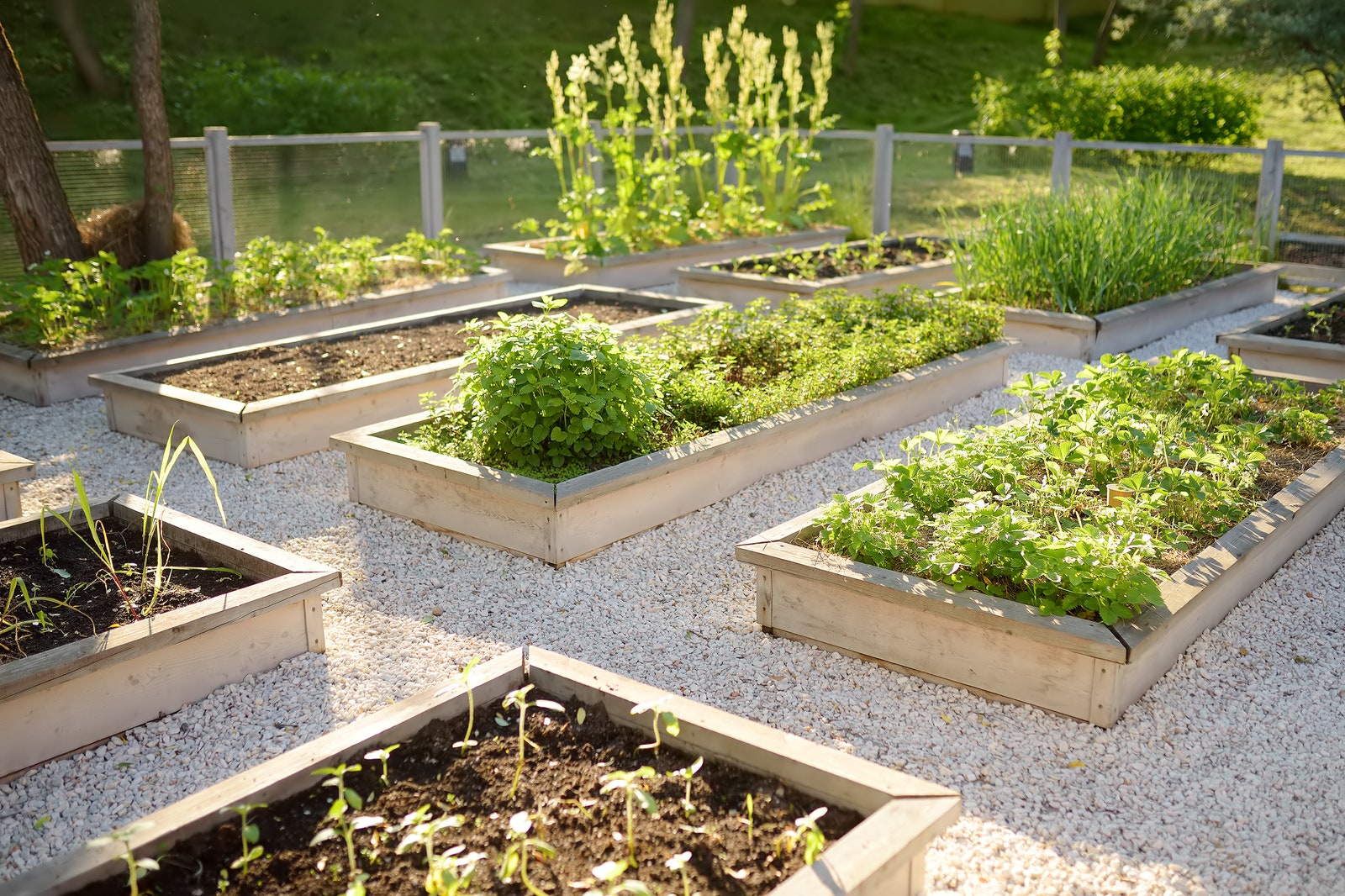

Articles
How To Lay Out A Garden
Modified: October 30, 2024
Learn the best techniques and tips for laying out a garden with our comprehensive gardening guide. Create a stunning outdoor space with expert advice on plant placement, design elements, and more.
(Many of the links in this article redirect to a specific reviewed product. Your purchase of these products through affiliate links helps to generate commission for Storables.com, at no extra cost. Learn more)
Introduction
Welcome to the world of gardening! Whether you have a spacious backyard or a small balcony, creating a beautiful garden can bring joy and tranquility to your life. However, designing and laying out a garden can be an overwhelming task, especially if you’re a beginner. But fear not! In this article, we will guide you through the process of laying out a garden that suits your space and style.
Before diving into the details, it’s important to understand that gardening is an art form that blends nature, aesthetics, and functionality. A well-designed garden should not only be visually appealing, but also practical and sustainable. It should provide a harmonious space where you can relax, unwind, and connect with the natural world.
The first step in creating your dream garden is assessing the space you have available. Take a good look at your outdoor area and evaluate its size, shape, and existing features. Consider factors such as sunlight, soil type, drainage, and any limitations you might have, such as access to water or urban restrictions.
Once you have a clear understanding of your space, it’s time to design the layout. This involves deciding on the overall structure of your garden, including the placement of different areas, such as flower beds, vegetable patches, seating areas, and pathways. Think about how you want to move through the space and how different elements will interact with each other.
The next step is choosing the right plants and features for your garden. Consider the climatic conditions, soil pH, and maintenance requirements of different plant species. Look for plants that will thrive in your specific environment and complement your design aesthetic. Additionally, think about incorporating features such as water elements, sculptures, or outdoor lighting to add visual interest and enhance the ambiance of your garden.
Preparing the soil is a crucial step in ensuring the health and vitality of your plants. Test the soil to understand its nutrient content and make any necessary amendments. Remove any weeds or debris and consider adding organic matter, such as compost or manure, to enrich the soil and promote healthy plant growth.
Once the soil is ready, it’s time to install borders and pathways. Borders help define different areas of your garden and prevent plants from encroaching on one another. Choose materials that align with your style, such as stones, bricks, or wooden edging. Pathways, on the other hand, offer a practical and aesthetic element, allowing you to navigate through your garden with ease. Consider the width, shape, and material of pathways based on your preferences and practicality.
Now that you have prepared the groundwork, it’s time to start planting and arranging the plants. Follow planting instructions for each species and consider factors such as sunlight requirements and spacing between plants. Create a visually pleasing arrangement by varying heights, colors, and textures. Experiment with different combinations to achieve a balanced and cohesive look.
In addition to plants, adding water features can elevate the beauty and tranquility of your garden. Consider installing a small pond, a fountain, or a waterfall. The sound of running water can create a soothing ambiance and attract birds and other wildlife to your garden.
Once the plants and features are in place, you can further enhance the aesthetics by adding furniture and decorations. Choose outdoor furniture that aligns with your design theme and provides a comfortable seating area for relaxation. Consider adding decorative elements like garden sculptures, ornaments, or wind chimes to add personal touches and create a unique atmosphere.
Lastly, maintaining and updating your garden is essential to keep it thriving and looking its best. Regularly water, fertilize, and prune your plants to promote healthy growth. Stay vigilant for pests or diseases and take appropriate action to minimize their impact. Regularly inspect and clean your garden furniture and decorations to keep them in good condition. Additionally, consider updating your garden over time by adding new plants or features to keep it fresh and exciting.
Creating and maintaining a garden is a journey of self-expression and connection with nature. By following the steps outlined in this article, you will be well on your way to creating a beautiful and functional garden that reflects your personal style and provides a sanctuary of peace and beauty.
Key Takeaways:
- Create a harmonious garden by assessing space, designing layout, choosing plants, and adding water features. Maintain and update your garden to keep it thriving and visually appealing.
- Transform your outdoor space with carefully selected furniture, decorations, and lighting. Regular care and attention will ensure your garden remains a source of joy and tranquility.
Read more: How To Lay Out Floor Tile
Assessing the Space
Before you start designing your garden, it’s important to assess the space you have available. This step will help you understand the limitations and opportunities of your outdoor area, allowing you to make informed decisions during the design process.
Begin by examining the size and shape of your garden. Consider the overall dimensions and whether it is a square, rectangular, or irregular shape. Understanding the layout of your space will help you determine how to divide it into different areas, such as flower beds, seating areas, and pathways.
Next, take note of the existing features in your garden, such as trees, fences, or structures. These elements can serve as focal points or provide natural shade and privacy. Consider how they will fit into your garden design and how they can be enhanced or incorporated into the overall layout.
Another important aspect to consider is the amount of sunlight your garden receives throughout the day. Observe how the sun moves across your outdoor space and identify any areas that are in full sun, partial sun, or shade. This information will help you choose the right plants for each area and determine the best placement for seating or dining areas.
Soil type and drainage are also crucial considerations when assessing your garden. Different plant species thrive in different soil conditions, so it’s important to know the pH level, fertility, and drainage capabilities of your soil. Conduct a soil test or consult with a local gardening center to determine the characteristics of your soil and make any necessary amendments.
Additionally, consider any limitations or restrictions that may affect your garden design. For example, if you live in an urban area, there may be regulations on the size or height of structures, fencing, or planting. Be aware of these limitations and ensure your design complies with any local regulations.
Lastly, assess the practical aspects of your garden, such as access to water and storage. Determine the proximity of water sources, such as outdoor faucets or rain barrels, to the different areas of your garden. If storage is limited, consider incorporating vertical gardening techniques or utilizing space-saving solutions.
By thoroughly assessing your outdoor space, you will have a clear understanding of its size, shape, existing features, sunlight exposure, soil conditions, and any limitations or restrictions. This information will serve as a solid foundation for the next step: designing the layout of your garden. Take your time during this assessment phase to ensure that your garden design is well-suited to your space and meets your personal preferences and practical needs.
Designing the Layout
Designing the layout of your garden is an exciting and creative process. It’s the stage where you can bring your vision to life and create a space that reflects your personal style and preferences. The layout should be both aesthetically pleasing and functional, allowing you to make the most of your outdoor area.
Start by envisioning the overall structure and flow of your garden. Think about how you want to use the space and what activities you would like to accommodate. Do you want a dedicated area for dining and entertaining? Are you interested in growing your own vegetables? Would you like a peaceful corner for meditation or reading? Consider these factors when designing the layout.
Divide your garden into different zones or areas based on their function. For example, create separate areas for dining, lounging, and gardening. This will help you organize the space and ensure that each area serves its purpose effectively.
When it comes to creating pathways, think about how you want to move through your garden and connect different areas. Straight or curved paths can add visual interest and guide visitors through the space. Consider using materials such as gravel, stones, or stepping stones to create a defined pathway.
Consider the scale and proportion of your outdoor space when selecting plants and structural elements. Choose plants that are in proportion to the size of your garden without overwhelming the space. Additionally, use hardscaping elements such as trellises, pergolas, or arbors to provide vertical interest and structure. These elements can also offer support for climbing plants and create stunning focal points.
Another important aspect to consider is the color scheme of your garden. Choose a consistent color palette for your plants and features to create a harmonious and cohesive look. Consider contrasting and complementary colors to add visual interest and create focal points.
Additionally, think about the seasons and how your garden will change throughout the year. Incorporate plants that offer different textures and colors in different seasons, ensuring that your garden remains attractive and vibrant year-round.
As you design the layout, keep in mind the principles of unity, balance, and proportion. Aim for a harmonious and balanced composition that feels inviting and visually appealing. Avoid cluttering the space with too many elements and leave room for growth and expansion as your garden evolves over time.
Lastly, don’t be afraid to experiment and make adjustments as you go along. Garden design is a dynamic process, and it’s common to make changes as you see how different elements interact and evolve. It’s all part of the creative journey!
By carefully designing the layout of your garden, you can create a space that is not only visually stunning but also functional and enjoyable to spend time in. Remember to consider your personal preferences, practical needs, and the unique characteristics of your outdoor area. With a well-executed layout, your garden will become a tranquil and inviting oasis that you can take pride in.
Choosing Plants and Features
Choosing the right plants and features is a crucial step in creating a beautiful and thriving garden. The plants you select will define the overall look and feel of your garden, while features such as water elements and sculptures can add interest and enhance the ambiance. Here are some tips to help you make the best choices for your garden:
Consider the climate and growing conditions of your area when selecting plants. Different plants have different requirements for sunlight, temperature, and water. Research which plants are well-suited to your region and choose those that will thrive in your specific conditions.
Think about the purpose of each area in your garden and select plants accordingly. If you have a vegetable garden, choose edible plants that are easy to grow and provide a bountiful harvest. For a colorful and vibrant display, select flowers that bloom at different times throughout the year.
Pay attention to the size and growth habit of plants to ensure they fit well within your garden. Consider the mature height and spread of each plant and allow enough space for it to grow and develop. Overcrowding can lead to competition for resources and hinder the growth of your plants.
Choose a variety of plant species to create visual interest and diversity. Mix flowers, shrubs, and trees to create layers of different heights and textures. Incorporate plants with different leaf shapes and colors to add depth and dimension to your garden.
Consider the maintenance requirements of each plant before making your selection. Some plants require regular pruning, fertilizing, and watering, while others are more low-maintenance. Choose plants that align with the amount of time and effort you are willing to dedicate to their care.
In addition to plants, consider incorporating features such as water elements and sculptures into your garden. Water features like fountains, ponds, or waterfalls can create a soothing and calming ambiance. Sculptures or garden ornaments can add a touch of artistry and personal style.
When selecting features, ensure they are in proportion to the size of your garden and complement the overall design. Avoid overcrowding or overwhelming the space with too many features. Instead, choose a few focal points that will enhance and highlight the beauty of your garden.
Think about how these features will fit into the overall layout of your garden. Consider their placement and how they will interact with surrounding plants and structures. Ensure there is enough space for easy access and maintenance.
Lastly, consider the long-term vision for your garden. Choose plants and features that can grow and evolve with your garden over time. Be open to experimenting and adjusting as you gain experience and see how different elements interact and thrive in your garden.
By carefully selecting plants and features that suit your climate, meet your aesthetic preferences, and align with the vision for your garden, you can create a unique and captivating outdoor space. Remember to choose a variety of plants for diversity and consider the maintenance requirements of each plant. With the right choices, your garden will truly come alive and become a sanctuary of natural beauty.
Preparing the Soil
Preparing the soil is a crucial step in creating a healthy and thriving garden. Good soil provides essential nutrients, proper drainage, and a supportive environment for plant root development. Here are some steps to prepare your soil for optimal plant growth:
Start by testing your soil to determine its pH level and nutrient content. Soil testing kits are readily available at gardening centers or you can send a sample to a lab for analysis. Understanding the characteristics of your soil will help you make informed decisions about soil amendments and plant selection.
Based on the results of the soil test, you may need to adjust the pH level of your soil. Most plants prefer a slightly acidic to neutral pH range, around 6 to 7. If your soil is too acidic, you can add lime to raise the pH, while sulfur or peat moss can help lower the pH if it’s too alkaline.
Next, clear the area of any weeds, rocks, or debris. Remove any large roots or rocks that may interfere with plant root development. Weeds can compete with your plants for nutrients and water, so it’s important to clear them out before planting.
Improve your soil’s structure and fertility by adding organic matter. This can be done by incorporating compost, well-rotted manure, or leaf mold into the soil. Organic matter improves soil drainage, increases its water-holding capacity, and provides essential nutrients for plants.
Spread a layer of organic matter over the surface of the soil and use a garden fork or tiller to work it into the top few inches. This helps mix the organic matter evenly with the soil, ensuring that it reaches the root zone of your plants.
Consider incorporating a slow-release organic fertilizer into the soil. This will provide a steady supply of nutrients to your plants throughout the growing season. Follow the instructions on the fertilizer packaging for the appropriate application rate.
After amending the soil, rake the surface to level it and break up any clumps. This creates a smooth and even surface for planting. If your soil is particularly heavy or compacted, you may need to loosen it with a garden fork or tiller to improve aeration.
It’s important to note that soil preparation is an ongoing process. As you garden year after year, continue to add organic matter, compost, and other soil amendments to maintain soil fertility and structure.
By properly preparing your soil, you provide a nurturing environment for your plants to thrive. Good soil fertility, proper drainage, and a balanced pH level contribute to the overall health and vitality of your garden. Take the time to prepare your soil and reap the benefits of a beautiful and productive garden.
Read more: How To Lay Bricks For Garden Edging
Installing Borders and Pathways
Installing borders and pathways is an important step in creating a well-defined and organized garden. Borders provide structure and help separate different areas, while pathways enhance the accessibility and visual appeal of your outdoor space. Here are some tips to help you install borders and pathways in your garden:
Start by determining the layout and shape of your borders. Consider the overall design and flow of your garden and envision where you want to create divisions or boundaries. Borders can be used to define flower beds, vegetable patches, or seating areas.
Choose the materials for your borders based on your personal style and the overall aesthetic of your garden. Options include bricks, stones, wooden edging, metal strips, or even plants with a defined growth habit, like boxwood hedges. Select materials that will complement the design and architecture of your outdoor space.
Prepare the ground for the borders by clearing any vegetation or debris. Use a spade or shovel to dig a trench along the desired border line. The depth of the trench will depend on the height of the border material you are using.
Once the trench is dug, place the border material securely into the ground. Ensure that it is level and straight by using a level or a string as a guide. Backfill the trench with soil and pack it firmly around the border material to provide stability.
When installing pathways, consider the purpose and functionality of each pathway. Determine where you want to create access points or connect different areas of your garden. Pathways can be straight, curved, or have a combination of both, depending on your design preferences.
Choose the materials for your pathways based on both style and practicality. Options include gravel, flagstones, pavers, or even stepping stones. Consider factors such as cost, durability, and maintenance requirements when making your selection.
Prepare the ground for your pathways by removing any vegetation or debris. Level the soil and create a slight slope to ensure proper drainage. For gravel pathways, lay down a layer of landscape fabric to prevent weed growth and improve stability.
Place the pathway material on the prepared ground, ensuring a proper alignment and spacing between each piece. For gravel pathways, fill the area with gravel and use a rake to spread it evenly. For paver or flagstone pathways, use a rubber mallet to ensure they are level and secure.
Consider adding accents or decorative elements along your pathways to enhance their visual appeal. These can include border plants, low-growing ground covers, or lighting fixtures to highlight the pathway during nighttime.
Maintain your borders and pathways by regularly inspecting them for any damage or signs of wear. Replace any loose or damaged border materials to maintain the integrity of the border. Clean and sweep pathways to remove debris and keep them safe and visually appealing.
By installing borders and pathways in your garden, you create structure, define different areas, and improve the overall functionality and flow of your outdoor space. Take the time to select materials that fit your design aesthetic and maintain them regularly for a well-maintained and inviting garden.
When laying out a garden, consider the mature size of plants, their sunlight and water needs, and how they will complement each other in terms of color, texture, and height. This will help create a balanced and visually appealing garden.
Planting and Arranging Plants
Planting and arranging plants in your garden is a creative and fulfilling process. It allows you to bring life and color to your outdoor space while creating a harmonious and balanced composition. Here are some tips to help you successfully plant and arrange your garden:
Start by preparing the planting area. Remove any weeds, rocks, or debris and loosen the soil with a garden fork or tiller. This will provide a loose and friable texture that is favorable for plant root development.
Consider the mature size and spacing requirements of the plants you have chosen. Research the specific planting recommendations for each species, including the depth and distance at which they should be planted. This will ensure that each plant has enough space to grow and flourish.
Dig a hole that is wide and deep enough to accommodate the rootball of the plant. Make sure the hole is slightly larger than the size of the container or root system to allow for proper root expansion. Gently remove the plant from its container and place it in the hole, making sure it is centered and upright.
Backfill the hole with soil, gently firming it around the plant to eliminate air pockets. Be careful not to bury the plant too deep, as this can cause root rot or hinder growth. The crown of the plant should be level with the soil surface.
Water the newly planted plant thoroughly to help settle the soil and provide hydration to the roots. Use a watering can or a gentle spray from a hose to avoid dislodging the soil or damaging the delicate plant.
After planting, consider the arrangement and placement of the plants within your garden. Pay attention to their heights, colors, and textures to create a visually pleasing display. Group plants with similar care requirements together to make watering and maintenance easier.
Use a combination of different plant types to create interest and diversity in your garden. Consider using a mix of flowers, shrubs, and trees to provide varying heights and layers. Incorporate plants with different leaf shapes, colors, and textures to add depth and dimension.
Experiment with different planting patterns and arrangements to find the one that best suits your garden aesthetic. Consider using symmetrical or asymmetrical patterns, alternating colors, or creating focal points with taller or eye-catching plants. Allow for flexibility and adaptability as your garden matures and evolves over time.
As your plants grow, provide them with proper care and maintenance. Water them regularly, especially during dry periods, and provide any necessary fertilization. Prune and trim plants as needed to maintain their shape and encourage healthy growth.
Regularly monitor your garden for signs of pests or diseases. Take appropriate action, such as applying organic pest control or pruning affected parts, to prevent further damage and maintain the health of your plants.
By taking the time to properly plant and arrange your garden, you can create a visually stunning and harmonious outdoor space. Pay attention to the care requirements of each plant, and adapt your planting arrangements as needed. With patience and creativity, your garden will flourish and become a colorful and inviting sanctuary.
Adding Water Features
Adding water features to your garden can bring a sense of tranquility, visual interest, and a soothing ambiance. The sound of flowing water and the sight of sparkling reflections can create a serene and relaxing atmosphere. Here are some tips to consider when adding water features to your garden:
Start by assessing the available space in your garden. Consider the size, shape, and overall layout of your outdoor area to determine where a water feature would best fit. Choose a location that is visible and easily accessible, allowing you to fully enjoy and appreciate the feature.
Think about the type of water feature you want to incorporate into your garden. Options include ponds, waterfalls, fountains, or even small bubbling containers. Each type offers a unique visual and auditory experience, so choose one that aligns with your design aesthetic and personal preferences.
Consider the scale and proportion of the water feature in relation to your garden. A large, extravagant fountain might overpower a small courtyard, while a tiny bubbling container might get lost in a vast backyard. Choose a size that complements the surrounding elements and fits seamlessly into the overall design.
Research the maintenance requirements of the water feature you choose. Some features might require plumbing or electrical installations, regular cleaning, or occasional maintenance checks. Consider the level of effort and commitment you are willing to dedicate to ensure the longevity and functionality of the water feature.
Make sure you have a proper water source for your water feature. Access to a nearby water supply or plumbing is essential to ensure a continuous flow of water. Consider water conservation measures by using recirculation systems or rainwater harvesting to minimize water waste.
Aquatic plants can enhance the beauty and ecological balance of your water feature. Consider adding plants such as water lilies, lotus, or water hyacinths. These plants not only provide visual interest but also help oxygenate the water and provide habitat for beneficial wildlife.
To create a natural and harmonious look, surround your water feature with suitable landscaping. Use rocks, pebbles, and aquatic plants to create a visually pleasing transition between the water and the surrounding garden. Incorporate plants that thrive in wet or boggy conditions to create a lush and inviting environment.
Ensure the safety of children and wildlife by taking precautions with your water feature. Consider using safety covers or fencing to prevent accidents, especially if you have small children or pets. Be mindful of the depth and access points of the water feature to ensure the well-being of any wildlife that may visit your garden.
Illuminate your water feature for nighttime enjoyment. Install underwater lighting or strategically place landscape lights to highlight the beauty of the water and create a magical atmosphere. Consider using LED lights for energy efficiency and longevity.
Regularly maintain and clean your water feature to keep it in good condition. Remove any debris, fallen leaves, or algae buildup, and monitor water levels to ensure proper circulation. Follow any specific maintenance guidelines provided by the manufacturer or consult with a professional if needed.
By incorporating water features into your garden, you can create a serene and visually captivating outdoor space. The sound and movement of water can provide a soothing and therapeutic experience, enhancing your enjoyment and relaxation in your garden oasis.
Adding Furniture and Decorations
Adding furniture and decorations to your garden can transform it into a comfortable and inviting outdoor living space. Well-selected furniture provides a place to relax, dine, and entertain, while decorations add personality and style. Here are some tips to consider when adding furniture and decorations to your garden:
Start by assessing the space and identifying areas where furniture would be practical and enhance the functionality of your garden. Consider your lifestyle and how you plan to use the outdoor space. Do you want a dining area for hosting meals? Or a cozy seating nook for relaxation and conversation?
Choose outdoor furniture that is durable, weather-resistant, and suitable for your climate. Materials like aluminum, teak, wrought iron, or resin are commonly used for outdoor furniture due to their ability to withstand the elements. Opt for furniture with UV-resistant cushions or consider using weatherproof covers to protect them from the sun and rain.
Select furniture that fits the scale and proportions of your garden. A large dining table may overpower a small patio, while small bistro sets may get lost in a sprawling backyard. Measure the available space to ensure that the furniture you choose is proportionate and allows for easy movement.
Create cozy and comfortable seating areas by including cushions, pillows, or outdoor rugs. These accessories enhance the comfort and style of your furniture, providing a welcoming atmosphere for relaxation and socializing. Choose fabrics that are specifically designed for outdoor use and can withstand exposure to sun and moisture.
Incorporate shade elements into your outdoor space, such as umbrellas, pergolas, or canopies. These features provide relief from direct sunlight and create a comfortable and shaded area for hot summer days. Consider adjustable options that allow you to control the amount of shade throughout the day.
Add decorative elements and accessories to enhance the visual appeal of your garden. Consider garden sculptures, lanterns, wind chimes, or even outdoor artwork. These decorations add personality and style to your outdoor space, reflecting your unique tastes and interests.
Choose decorations that complement the overall design aesthetic of your garden. Consider the materials, colors, and themes that are already present and select decorations that harmonize with them. Be thoughtful in your placement to create focal points or highlight specific areas of your garden.
Lighting is an important aspect of creating an inviting atmosphere in your garden. Incorporate outdoor lighting options such as string lights, pathway lights, or lanterns to illuminate your outdoor space during the evening hours. Well-placed lighting can create a magical ambiance and extend the usability of your garden into the night.
Consider the practicality and functionality of your furniture and decorations. Opt for furniture with built-in storage or choose decorative elements that also serve a purpose, such as planters with integrated seating. This maximizes the use of space and ensures that every item in your garden has a purpose.
Maintain the cleanliness and condition of your furniture and decorations to prolong their lifespan. Regularly clean and wash your furniture to remove dirt or debris. Store cushions and fabrics during inclement weather or use weather-resistant covers to protect them from the elements. Inspect and repair any damaged or weathered items to keep them in good shape.
By carefully selecting furniture and decorations, you can transform your garden into an inviting and stylish outdoor retreat. Create functional and comfortable seating areas, infuse your personal style through decorative touches, and pay attention to maintenance to ensure longevity. With the right choices, your garden will become an extension of your home and a space to enjoy and unwind.
Read more: How To Lay Out A Deck Properly
Maintaining and Updating the Garden
Maintaining and updating your garden is essential to keep it healthy, vibrant, and visually appealing. Regular care and attention ensure that your plants thrive, the design remains fresh, and your outdoor space continues to bring joy and tranquility. Here are some tips for maintaining and updating your garden:
Regularly inspect your garden for any signs of pests, diseases, or weed growth. Identify and address any issues promptly to prevent them from spreading to other plants or causing further damage. Use organic pest control methods whenever possible to minimize environmental impact.
Water your plants consistently and according to their specific needs. Monitor soil moisture levels and adjust watering accordingly. Water deeply and less frequently to encourage deep root growth and avoid shallow roots that are vulnerable to drought.
Regularly deadhead flowers and remove spent blooms to encourage new growth and prolong blooming periods. Trim or prune your plants as needed to maintain their shape, control size, and promote healthy growth. Pruning also helps remove dead or diseased branches and enhances air circulation within the plant canopy.
Fertilize your plants to provide them with essential nutrients. Choose a fertilizer that is appropriate for the specific needs of your plants, whether they require more nitrogen for foliage growth or phosphorus and potassium for flower and fruit development. Apply fertilizer according to the instructions and avoid over-fertilizing, which can burn plants and harm the environment.
Regularly weed your garden to prevent unwanted plants from competing with your desired plants for nutrients, water, and sunlight. Use a combination of hand-pulling, hoeing, mulching, or organic weed control methods to keep weeds under control without harming your plants or pollinators.
Monitor the growth and spread of your plants and make adjustments as needed. Some plants may outgrow their designated space or become overcrowded, requiring thinning or transplanting. Others may need staking or support to prevent them from bending or breaking under their weight.
Regularly clean and maintain your garden structures and features. Wipe down furniture to remove dirt or stains and ensure that it remains sturdy and in good condition. Clean and unclog water features to keep them functioning properly and prevent algae growth. Repair any damages or defects promptly to prolong their lifespan.
Update and refresh your garden periodically to keep it visually interesting and reflective of your evolving tastes and preferences. Consider adding new plants, swapping out decorative elements, or rearranging furniture to create a fresh look. Experiment with different color schemes, textures, and plant combinations to bring new life and excitement to your garden.
Stay informed about seasonal gardening tasks and consider the unique needs of your plants during different times of the year. Implement seasonal cleaning, pruning, and maintenance routines to ensure that your garden remains in top shape throughout the changing seasons.
Continuously learn and expand your gardening knowledge by seeking advice from local experts, attending workshops or webinars, or joining gardening communities. Understanding the specific needs of your plants and staying updated on gardening best practices will help you make informed decisions and achieve greater success in maintaining and updating your garden.
By dedicating time and effort to maintaining and updating your garden, you will be rewarded with a beautiful, thriving, and ever-evolving outdoor space. Regular care, attention to detail, and a willingness to adapt and experiment will ensure that your garden remains a source of joy, relaxation, and inspiration for years to come.
Conclusion
Creating and maintaining a garden is a rewarding journey that allows you to connect with nature, express your creativity, and create a sanctuary of beauty and tranquility. By following the steps outlined in this article, you can lay out a garden that is both visually stunning and functional.
Assessing the space and understanding its limitations and opportunities is the first crucial step. Consider the size, shape, sunlight exposure, and soil conditions of your garden as you design the layout and choose the right plants and features. Preparing the soil ensures that your plants have a healthy and nutrient-rich environment to thrive in.
Installing borders and pathways adds structure and enhances the flow of your garden. Planting and arranging plants with care and creativity brings life, color, and texture to your outdoor space. Adding water features creates a soothing ambiance and a connection with the natural element of water.
By carefully selecting furniture and decorations, you can create a comfortable and inviting outdoor living area. Maintaining your garden through regular watering, pruning, weeding, and ferti
Frequently Asked Questions about How To Lay Out A Garden
Was this page helpful?
At Storables.com, we guarantee accurate and reliable information. Our content, validated by Expert Board Contributors, is crafted following stringent Editorial Policies. We're committed to providing you with well-researched, expert-backed insights for all your informational needs.
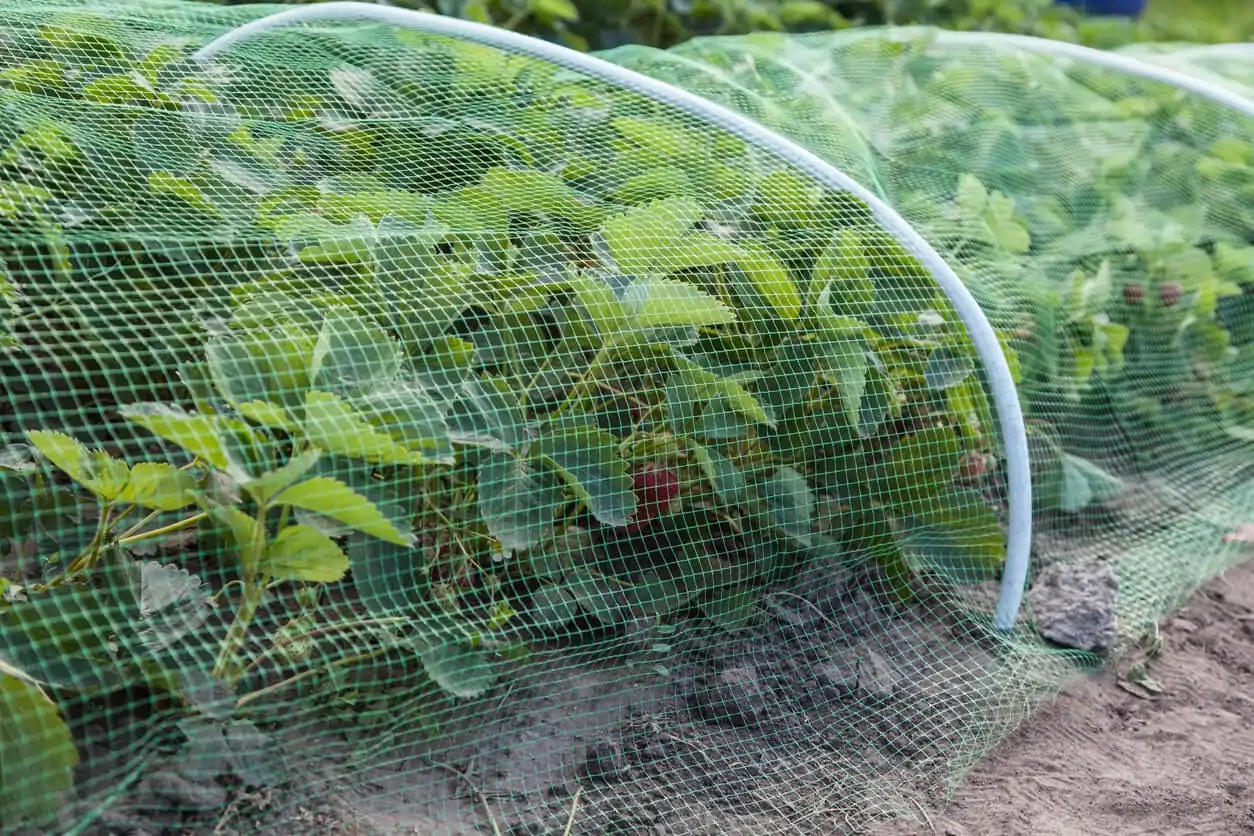
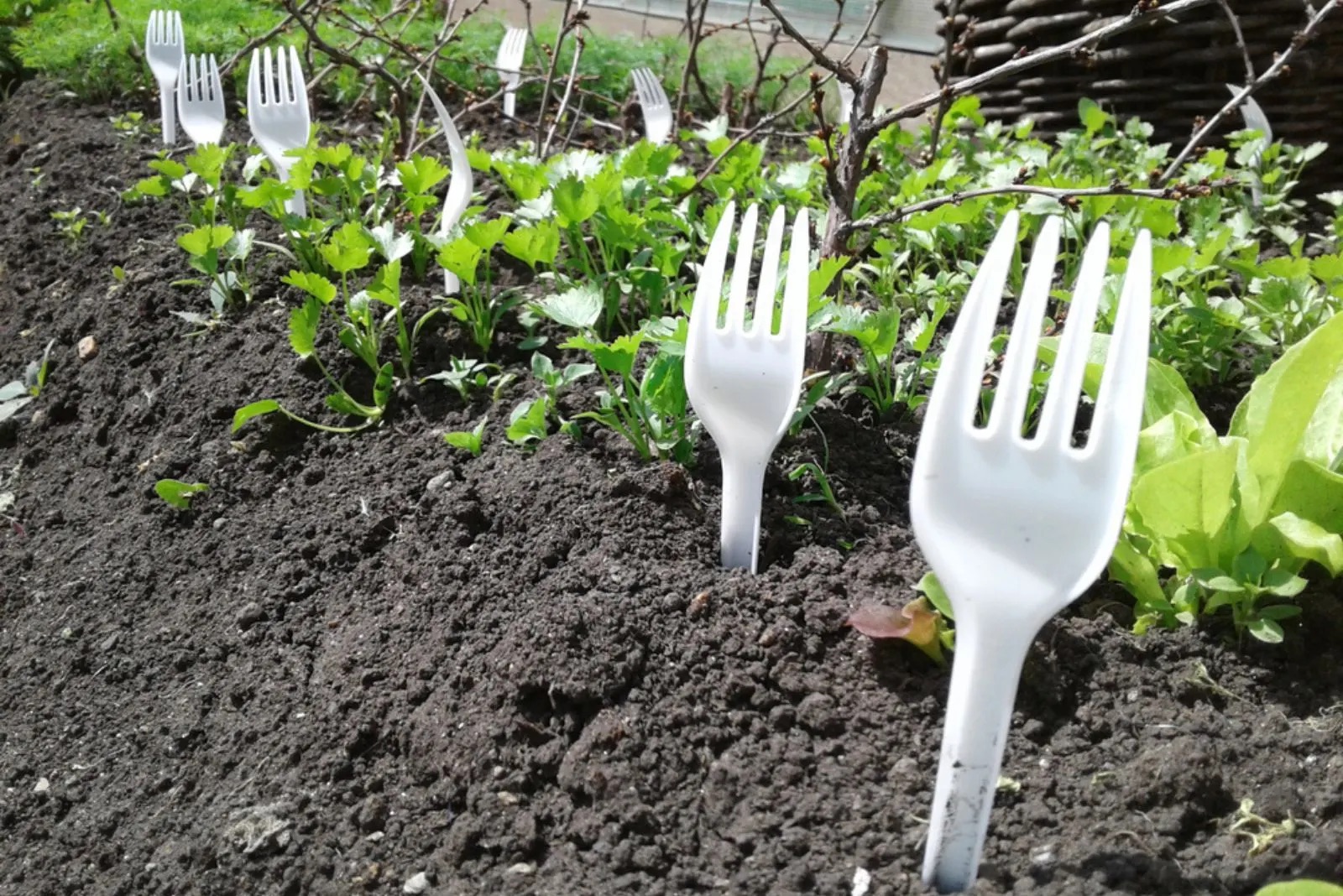
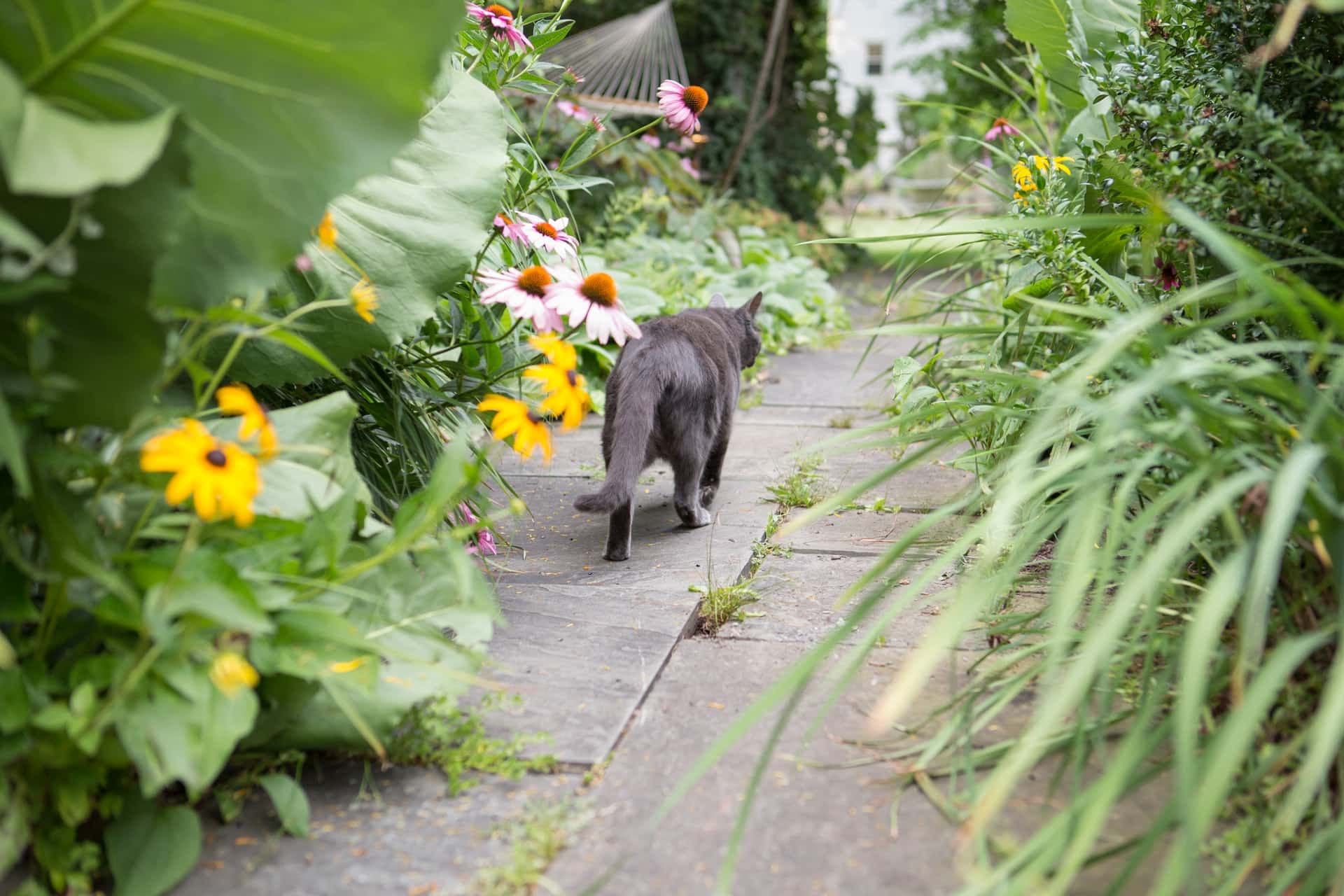
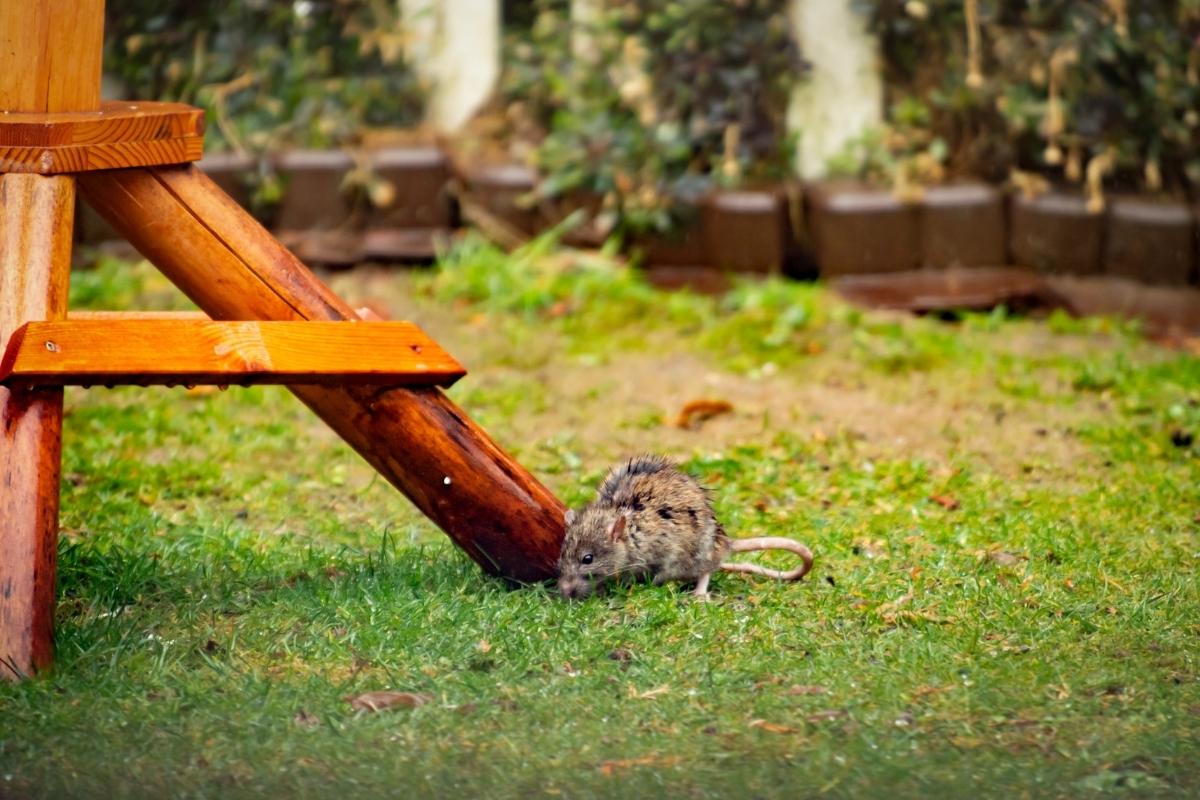
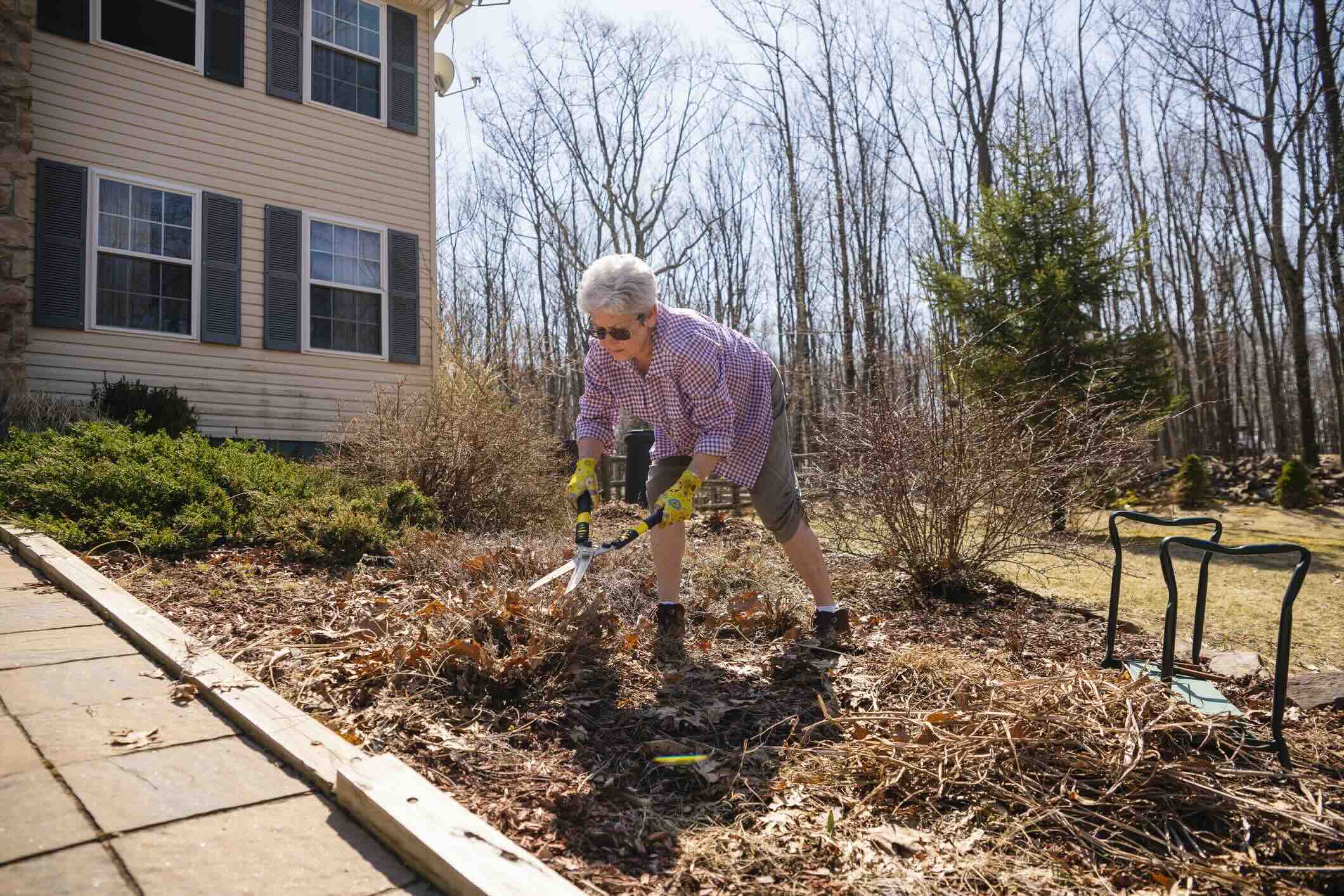
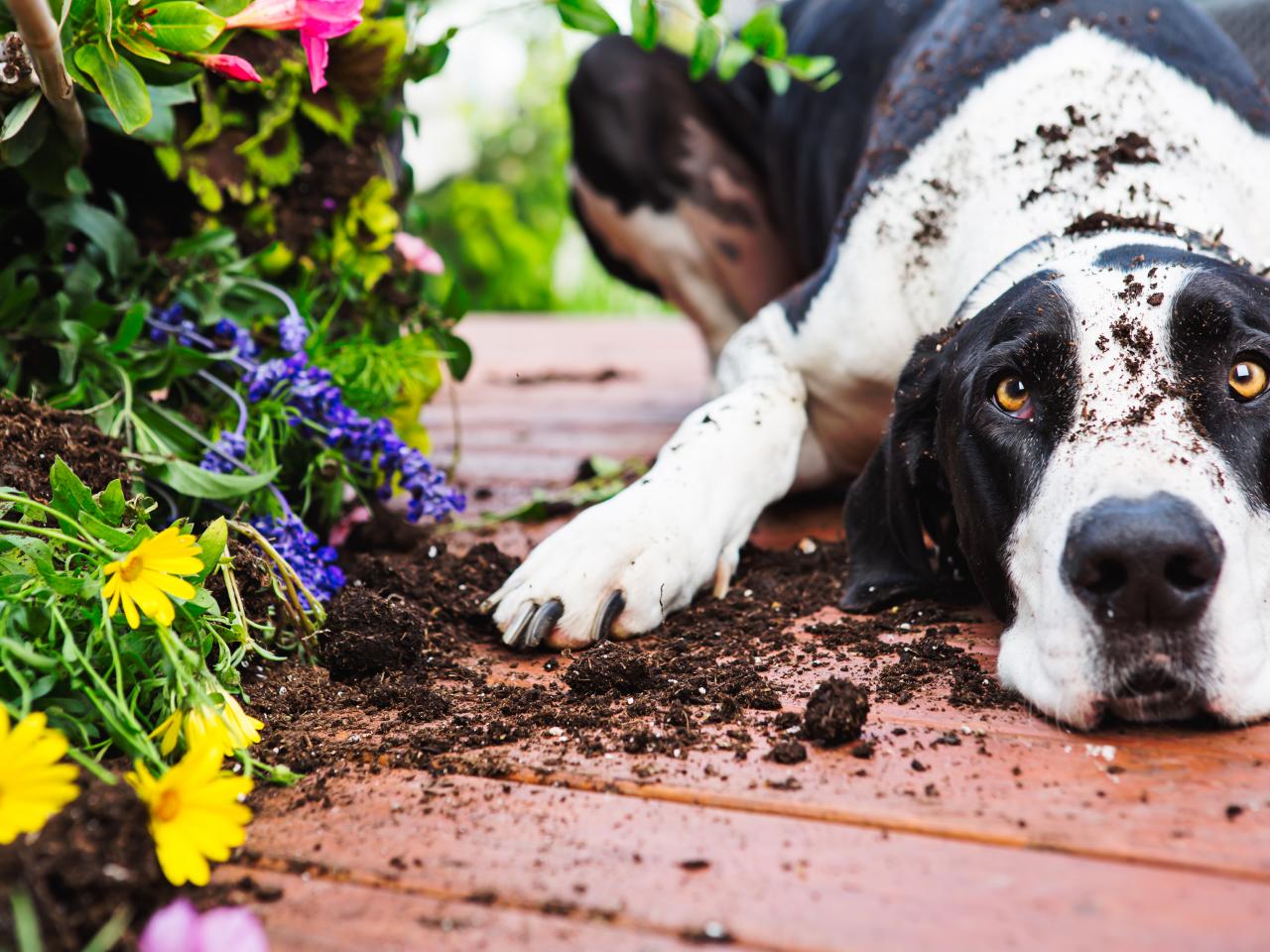


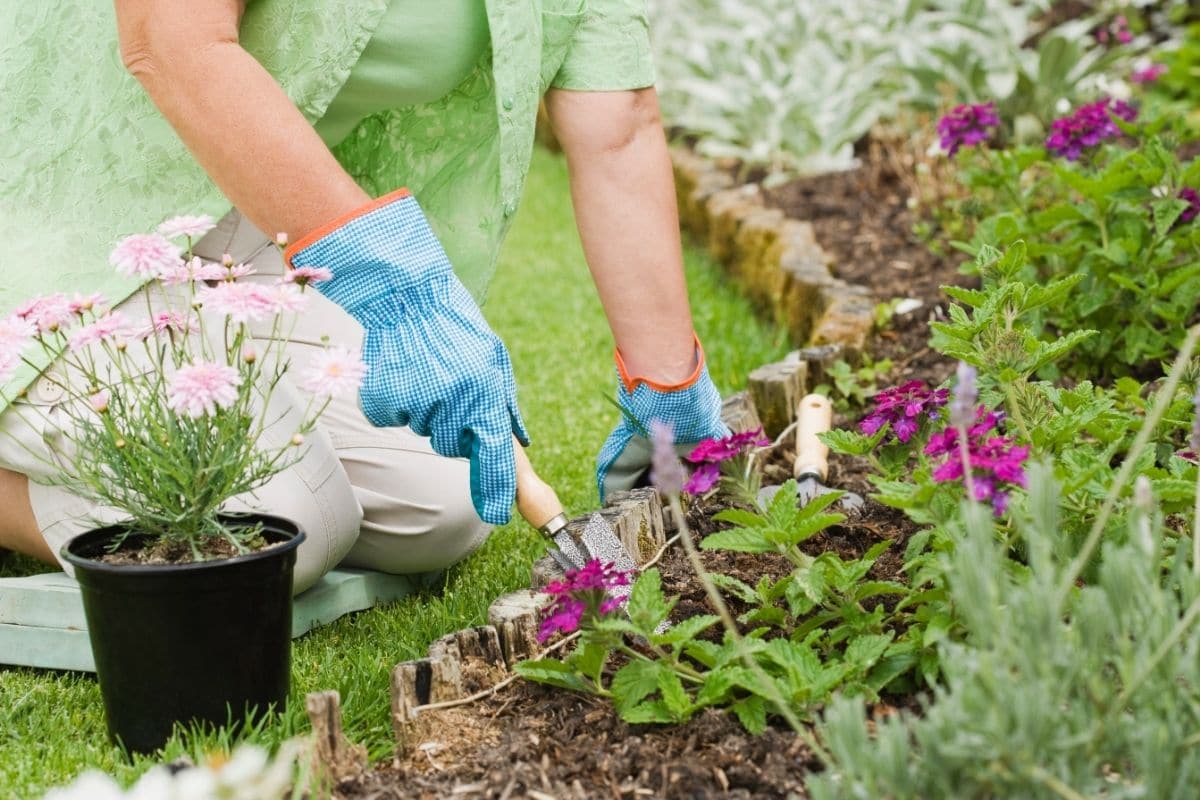

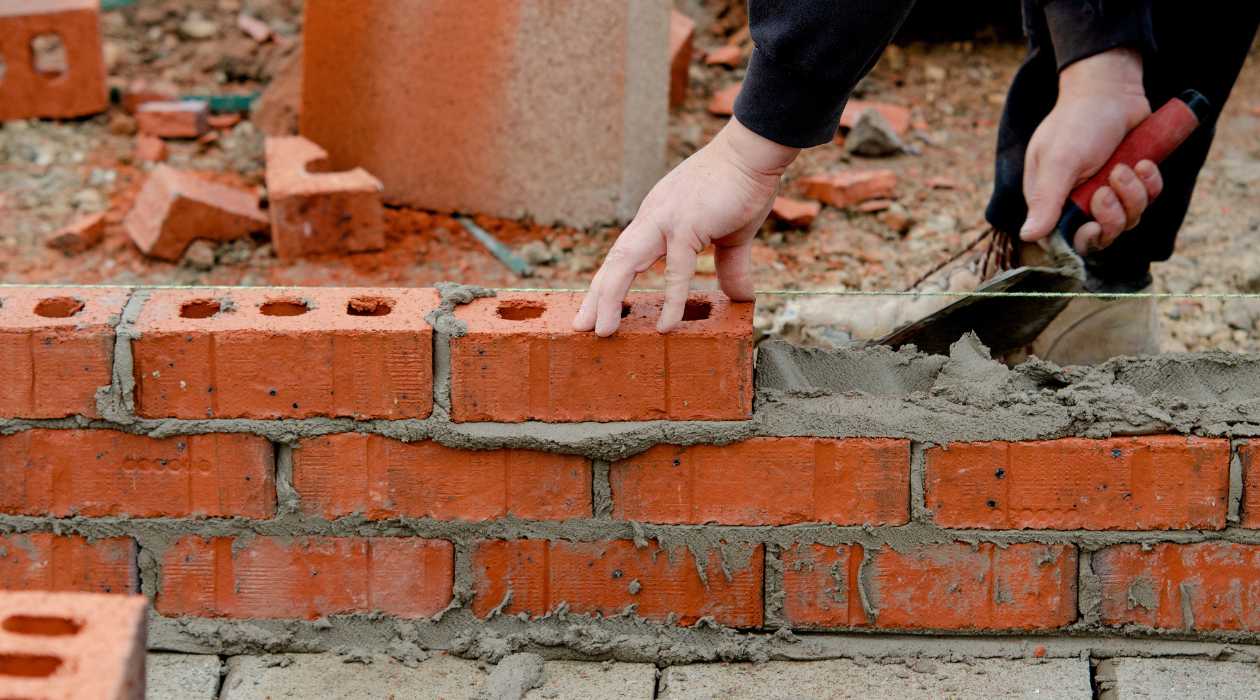
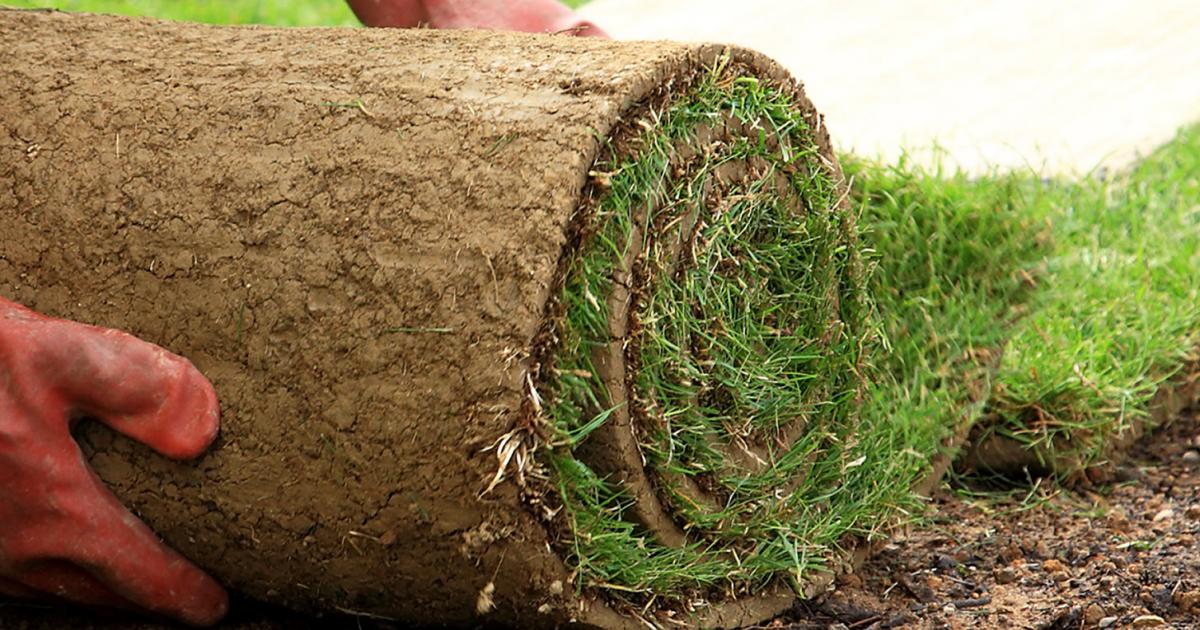


0 thoughts on “How To Lay Out A Garden”